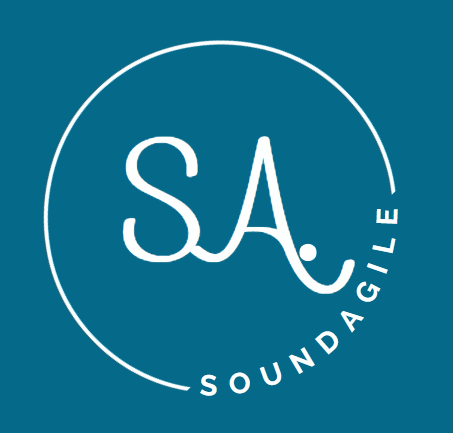That is a question I have been grappling with over the past few weeks because even though I’m an Enterprise Agile Coach, who is typically brought in to support scaling Agile, usually via SAFe, I struggle with the whole concept.
Scaling Agile on its surface sounds anti-Agile as it implies a level of structure and conformity that will kill creativity, which is what Agile is really about.
However, ever since Agile had success in small settings, there has been a rush to sell Agile to large organizations as the cure to solve all of their issues.
Scaling frameworks sprung up to support this desire to move to Agile and with it came everything that will kill real Agility.
Here’s the thing, those initial successes you had were with small teams, working on things that could be isolated from the rest of the organization, and were provided a space to try new ways of working, without the pressure to conform operationally to a fixed date and scope project.
That was my experience, working in a completely Waterfall world I became the Scrum Master for a team that was going to build an entirely new product. We were very successful and in about six months we had a market-ready product. Though everyone was impressed that was the end of the organization’s experiment with Agile but was the beginning of my journey towards it.
It was many more years before I worked at an organization that needed to change everything about how they worked and it was the first time I had a view of what the needs of a larger organization might be related to working in Agile.
Though we were provided space to work differently and to make mistakes, we also as a group kept ourselves informed as to what other teams were doing and if something was working we’d look into whether that made sense to adopt.
We become more structured in how we worked through months of trial and error, while engaging our leadership to gauge what they needed so that we moved towards a common goal and outcome.
Though we worked in projects (note the Agile Manifesto has the word project in it so it’s not something that goes away) we helped our business and PMO partners understand that by moving to Agile we were providing them much greater transparency as to how we were progressing and more importantly it gave the business a greater understanding of the complexity of the work we did on their behalf.
Over the next 18 months, we went from a poorly performing development group to one that had gained the trust of the business and was given ever-larger initiatives to work on, ones that transformed an entire organization.
The key thing you need to understand with Agile at scale is that the primary thing you are trying to do is to unleash the creativity of your people. You hire tons of very smart people and then turn around and tell them exactly how they have to work, we don’t like that.
The problem with this? Your organization isn’t typically set up to support this and the scaling frameworks don’t even address people and creativity as important elements of Aglie.
By unleashing creativity you are allowing your people to figure out best how to work as a team, across the organization, and deliver increasing amounts of productivity, quality, and value.
I believe what has been the focus of scaling Agile is to provide Sr. Leadership an allusion that Agile is a thing we implement, like Salesforce, and then turn on. If everyone follows the same processes, attends the same ceremonies, and acts in the same manner, then the entire organization must be Agile, right?
If you are on an Agile journey already or are thinking about starting one, don’t start with a scaling framework first. If you need one later, consider it.
Instead, start by changing your organization structure so that it supports letting people who do the work figure out best how to do the work. What is required from Leadership is to establish guidance focused on:
o How the organization makes decisions — What is our mindset for them? We’ll align our decision-making around those expectations, ensuring we are all on the same page.
o How the organization decides what is valuable — This one is the hardest, look to your strategies first. By providing understanding to both what is value and how we can derive it, your teams will make good decisions on what work will bring the best value in the moment.
o How we will empower you — Allow failure to be part of the journey. No framework will expunge the need for failure, what frameworks do is focus on activity over outcomes more often than not. Celebrate failure for the learning it provides.
As you consider Agility in the organization know that there are foundational aspects of your operations that must change, from HR, Finance, Sales, Marketing, and Technology, everyone must be engaged in the journey, it’s not just a technology thing. This is what scaling is about, allowing people to make the necessary changes to enable Agility, not laying a rule-based structure over another rule-based structure, and hoping things will get better.




